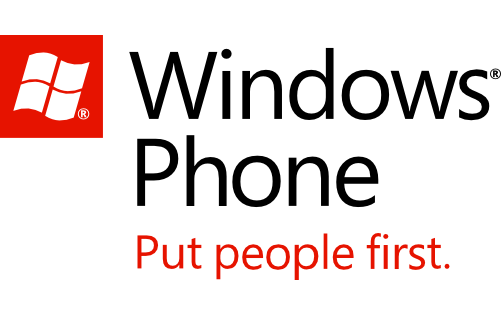Windows Phone: Redefined
posted Friday Jun 22, 2012 by Scott Ertz

Microsoft had a very big week. Between redefining Microsoft Surface and a major Windows Phone event, they are showing the new way they do business, and it is a positive change indeed. Windows Phone 8, officially announced Wednesday morning, is a massive improvement on the Windows Phone concept. In addition to some significant interface enhancements, they also changed the technology powering the OS. Unlike WinPho7, WinPho8 is powered by the same core technologies that power Windows 8. This means a wider range of hardware support, more development choices and, of course, performance enhancements.
The new core will allow existing WinPho7 apps to continue to run, recompiled by Microsoft themselves, with no need for developer interaction. It also allows for future development to be done with any of Microsoft's core technologies, like C#, VB.net or F#. It also allows app development with HTML5, CSS3 and JavaScript. While seasoned developers might not be interested in developing with web tech, it will lower the entry barrier for new developers getting into mobile. It also allows for a more write-it-on, publish-it-everywhere approach for developers who also have to deal with Apple and Android.
The core technology changes allow for better development choices, but it also allows for some nifty interaction updates. Hit the break to find out what they have added.
The most notable enhancement was made to the Start screen. Windows 8 allows for 3 different live tile sizes, while Windows Phone has only supported 2. WinPho 8, however, brings the small tiles to the phone. This is great for apps that you don't really need information from, but you use often enough to want on your Start screen. For example, there is no information to be gained from a full Spotify or Evernote tile, so shrinking them down to small tiles frees up space while not losing the quick-launch availability.
This is not to say that small tiles cannot have data in them. In fact, if you shrink down messaging, for example, you can still see how many new messages you have waiting for you, or how many missed calls on the phone tile. I love this flexibility, and I love that the size power is in the hands of the users, not just the developers. You, as the owner of the phone, can decide which apps have which size tiles on your Start screen, making it truly the most customizable mobile experience.
That's not all, though. Microsoft is also making Windows Phone easier for enterprises, as well. In the past, to load an app onto an enterprise phone, it had to be done hardwired. That is difficult for a company whose development and IT staff is in the US, while having sales people in, say, China, who need the updated version of the corporate communication app immediately to do their job. Now, enterprise applications can be loaded through over the air, meaning no one has to collect all of the Windows Phones in the company and hook them up to a computer to update. This is very similar to what Cisco did with the Cius.
Microsoft has gone all-out on this next generation mobile platform. Unfortunately, all of these enhancements are not available to current WinPho7 devices, but they are not ignoring you, either. Windows Phone 7.87 will bring the new Start screen, among other system enhancements, to current generation devices.

